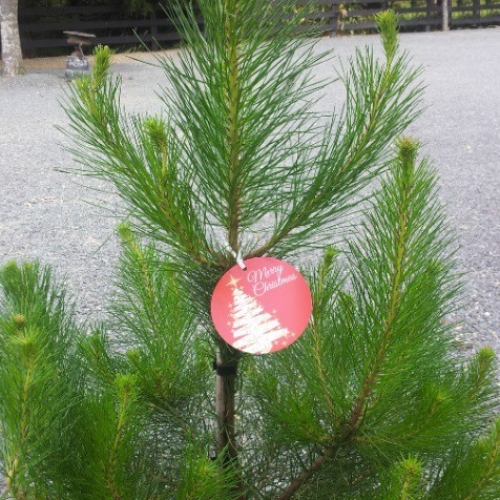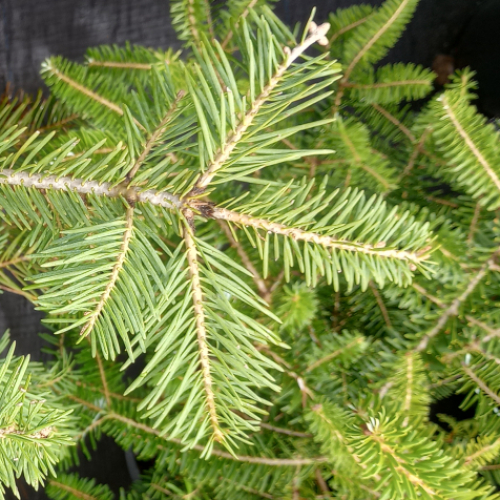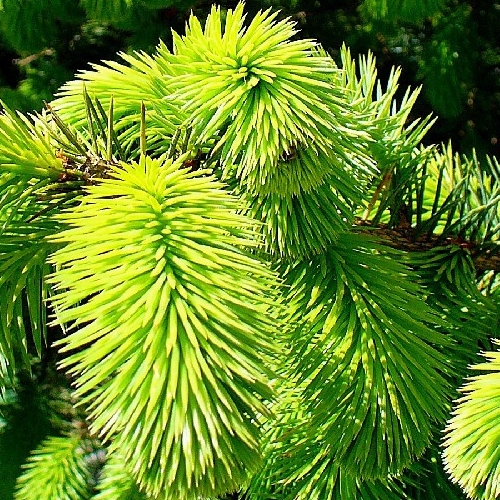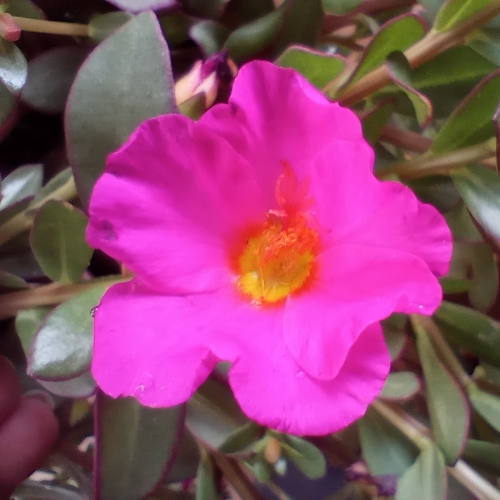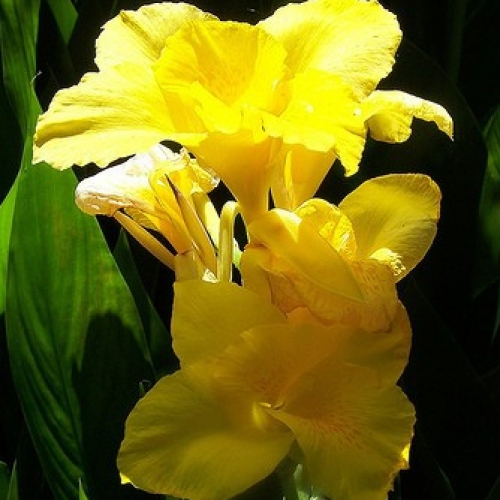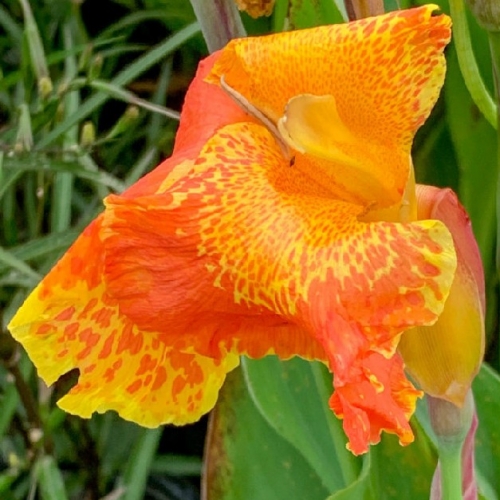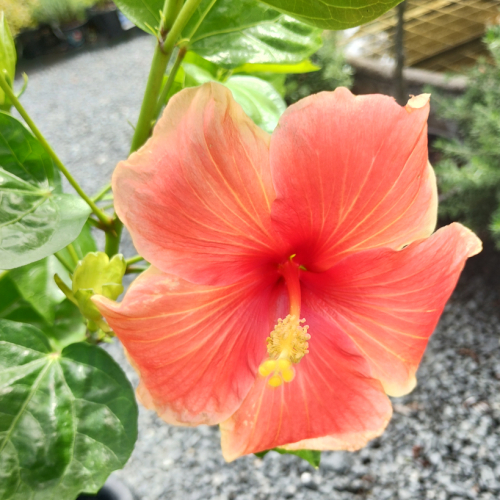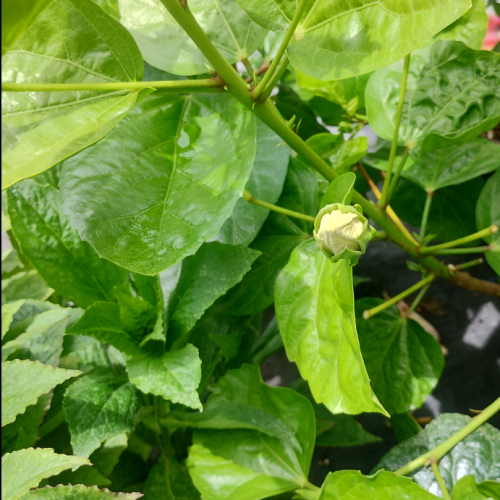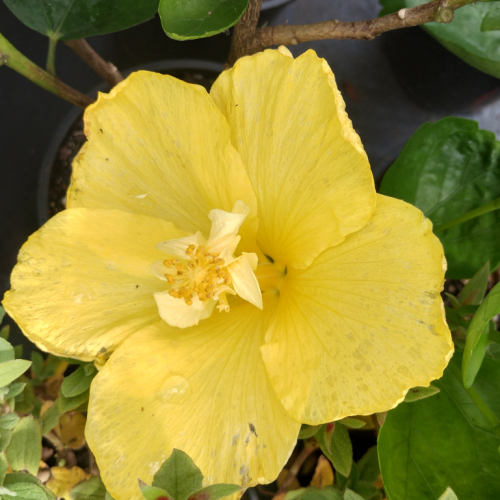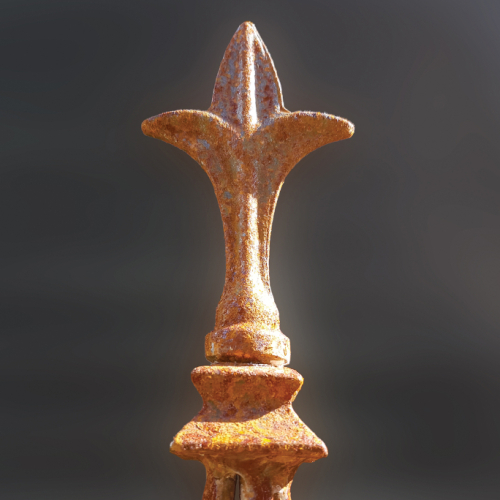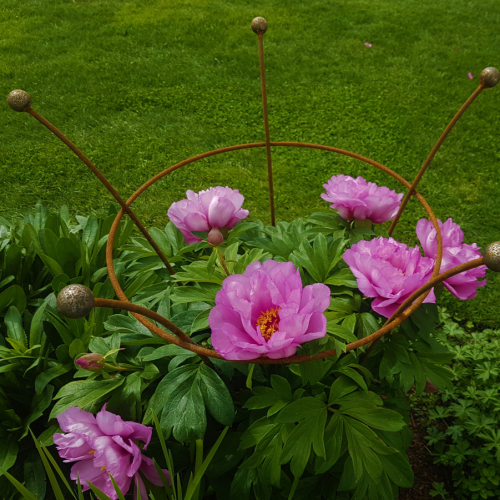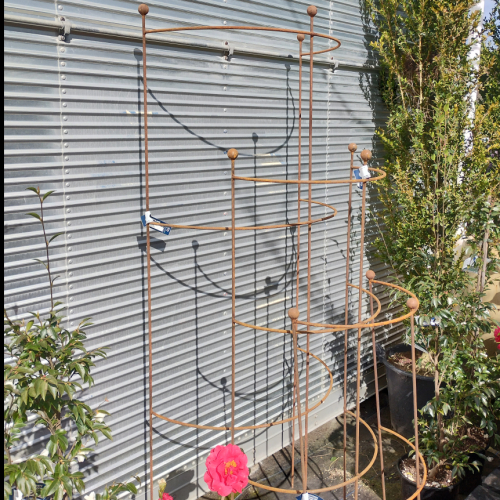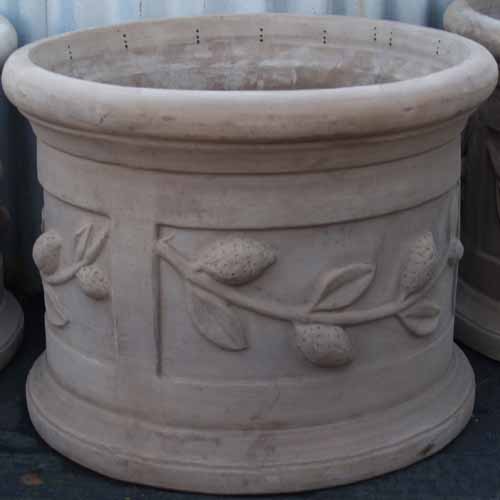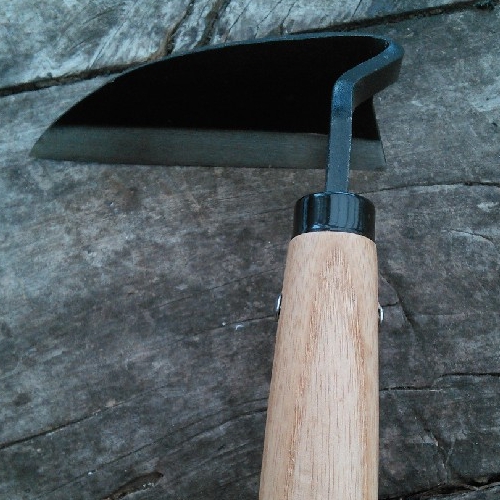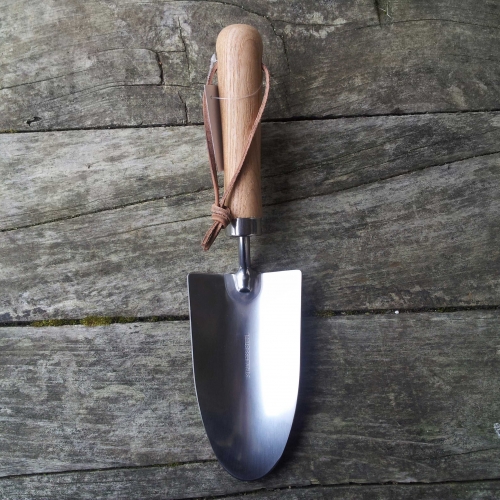Saturday 13th December, 2025
Hi
Hi, it's Tracy here, I finally started my Christmas Shopping this week. A task which I usually put off until the start of December rolls around. Life just gets busy, what with a family birthday and new carpet being installed at home...there were other things to do. Lucky me has a day off during the week, when the shopping centres are less frantic, and I like to get a few bits and pieces sorted early so that it's less of a mad panic towards the 25th.
We recently had our work Christmas event, which was great, so thanks to Lloyd and Tony for an amazing night out. While we are on the theme of 'thank yous', Lloyd has asked me to pass on his sincere thanks to our valued customers for your support and custom over the year. It has been a steady spring and we are grateful for your business in these tough economic times. He also mentioned his appreciation of the staff here at Wairere. We all contribute to the smooth running of the business in our own ways, helping to work together to create and maintain this special place which many people love to visit and enjoy. Many customers comment on how it must be a great place to work, and they are right! We strive to maintain the high standards which Lloyd has envisioned for this place, and that is rewarding work. Also, we feel lucky to be surrounded by nature's beauty. Many of our customers comment that this is one of NZ's top Garden Centres and we can't help but agree!
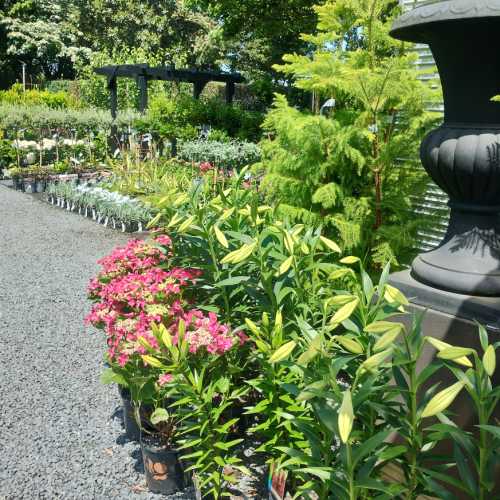
Wairere Nursery: looking lovely on a fine summer's day
Summer Colour
Hot summer days bring memories of holidays spent outside and the scents and sights of summertime. For those visiting the beach there are some plants which thrive in the hot sunny environment of the good 'ole kiwi bach near the sand. My top pick would be
Portulaca. This colourful, easy to grow plant is always in flower and the flowers are vibrant shades of purple, pink, yellow, red and orange, giving you a taste of tropical island paradise with its spectacular rainforest flora and fauna. If you have a pot, hanging basket, or space in the garden needing some perking up with something bright, then you can't go past these guys. Give it some space and you will be surprised how quickly it will spread and fill the area.
Cannas are an asset in your garden through the hot months, being fond of heat and not troubled by sudden soakings by seasonal thunderstorms. Brilliant colours of salmon, pink, red and yellow will provide a highlight in a shady spot or in the sun - they are not fussy! Chop them back hard at the end of the season and although they will die down, in spring they will be ready to rock and roll once again.
Hibiscus are sunshine lovers, and these are soaking up the rays here at Wairere right now. They certainly make you think of tropical islands and refreshing cocktails (or mocktails). The visiting West Indian cricketers would feel right at home if they checked out these beauties which thrive in sunny spots with good drainage. Plant them in a pot and move them out as features when the spectacular flowers are looking their best. Make sure you water regularly and deeply in the hot months to ensure long lasting blooms.
At this time of year it's hard to go past thinking about preparations for Christmas and the holidays beyond. For those still on the hunt for Christmas presents, we have a great selection of items that the gardener in your life will love right
here. These include our selection of
wrought iron garden accessories, which add elegance and practical function to your garden. If you remember back to the normal spring winds, which we experienced a month or so ago, you probably had to deal with plants being battered around. Our
half moon supports,
peony large and
small and
trumpets are a great way to hold those unruly taller perennials in place without worrying that they will snap or rot over time. There are also some lovely
arches and
obelisks topped with spires and finials to choose from, which help to frame an area or create a nice focal point.
Pots, planters and urns make great gifts, especially at this time of year when outdoor spaces become an extension of the house for your guests and family. Having some softer landscaping features near the concrete, paving or patio areas will add variety and colour and create a relaxing ambience; a space in nature to sit and unwind after a busy year. It's also a great way to bring something fresh and different to your garden area if it has been established for some time.
Gardeners are generally practical folk, who enjoy taking care of their leafy domain. For such people, a variety of tools and accessories are helpful and usually welcome as gifts. Perhaps you have admired the cloud pruned
Juniper Kaizuka at the front entrance? Our gardeners swear by the
Jakoti hand shears, which make trimming these much easier. We also stock the quality
ARS secateurs, which all the staff here use at the nursery due to their excellent quality blades, ease of sharpening, and different sizes to fit different hand grips. Personally I would not be without my
Japanese Hoe (niwashi) which I find fantastic for weeding large and small weeds.
While some of you are relaxing at the beach, we will be here looking after the plants. Well, some of us will be; we are open everyday except Christmas Day - watering never stops! So enjoy your summer break (if you are having one). This is the final newsletter of the year, so we will catch up with you all in 2026.
Stay safe and we all wish you a very happy Christmas and enjoyable New Year.
Cheers from Lloyd, Tony and the Wairere Team.


